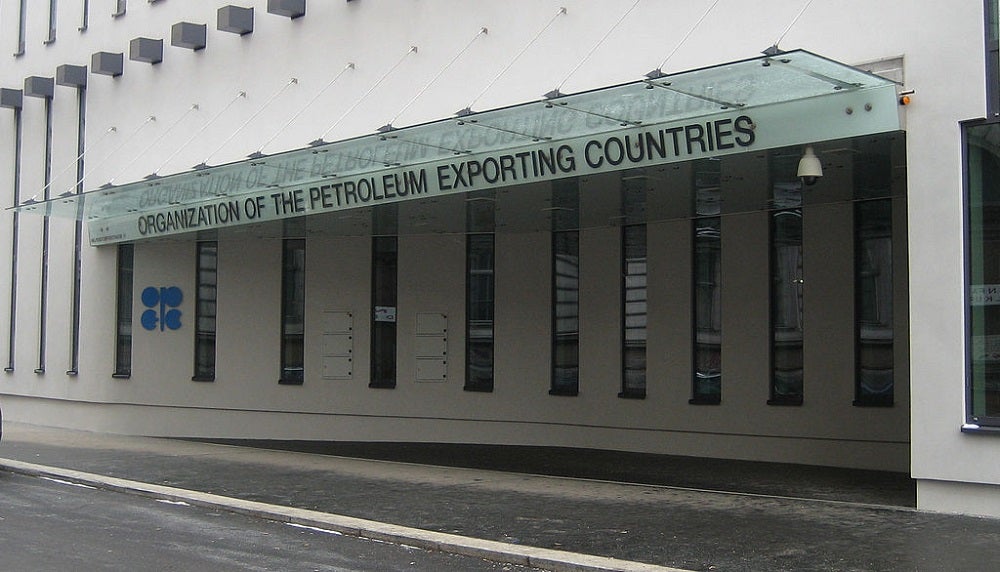
Opec members have agreed a plan to implement oil supply cuts of an additional 1.5 million barrels per day, through to the end of June – although much depends on Russia’s compliance.
The cuts would add to existing measures to cut 2.1 million bpd that had been due to expire this month having been in place since the start of the year.
The recommendation comes in response to falling oil demand impacted by the global spread of the coronavirus, and its particular effect in the key market of China where quarantine measures and slowing economic activity have hit fuel demand hard.
Oil prices have plummeted since the turn of the year as the global health emergency continues to evolve, with Brent crude prices hovering around $50 per barrel in recent days, compared with a near-$70 per barrel mark in January.
At a series of meetings in Vienna this week, the grouping of the influential oil-producing nations, nominally led by Saudi Arabia, agreed to make the additional cutbacks in a bid to stabilise the market.
The fresh 1.5 million bpd supply cut agreed today (5 March) would be shared between Opec and non-Opec producing countries participating in the cooperation agreement, one million bpd and 500,000 bpd respectively.
But the participation of these non-Opec producing nations will be largely dependent on cooperation from Russia, which informally leads the grouping of Opec allies and has previously been reluctant to extend existing supply cuts any further.
The group, known as Opec+, is due to meet tomorrow to finalise its own response to the recommendation.
New Opec supply cuts reflect plummeting global oil demand
The Opec members also revised down their demand forecasts for the year ahead, due to the “unprecedented situation” caused by the onslaught of coronavirus across global markets.
The organisation said in a statement: “The Covid-19 outbreak has had a major adverse impact on global economic and oil demand forecasts in 2020, particularly for the first and second quarters.
“Global oil demand growth in 2020 is now forecast to be 480,000 bpd, down from 1.1 bpd in December 2019.
“Moreover, the unprecedented situation, and the ever-shifting market dynamics, means risks are skewed to the downside.”
Opec is sending a ‘strong message’ but needs Russia’s support
The move by Opec sends a “strong message” according to Wood Mackenzie analyst Ann-Louise Hittle, who cautioned that much will depend on the Moscow-shaped elephant in the room.
She said: “It shows the producers’ group is serious about getting on top of the oversupply in the market. Compliance itself probably won’t be full, but even moderate adherence should be enough to stabilise the market through the second quarter.
“However, if the demand loss we are experiencing continues into the second quarter, the group may need to revisit the cuts and reassess them.
“In our current projection, world oil demand is expected to fall 2.7 million bpd in the first quarter. This is a massive drop, and it shows the scale of the problem OPEC+ faces.
“China’s demand alone is expected to fall by 2.3 million bpd in the first quarter.
“The drop in global demand is the most severe the market has seen since the fourth quarter of 2008, at the height of the global economic crisis.
“Whether Russia will agree to the cuts is the million-dollar question. Russia hasn’t signed on yet – and as the leader of the non-OPEC group, its agreement is key.
“Given its history of co-operation with OPEC, we expect it will agree. Russia could, at the very least, hold production flat during the second quarter.”






